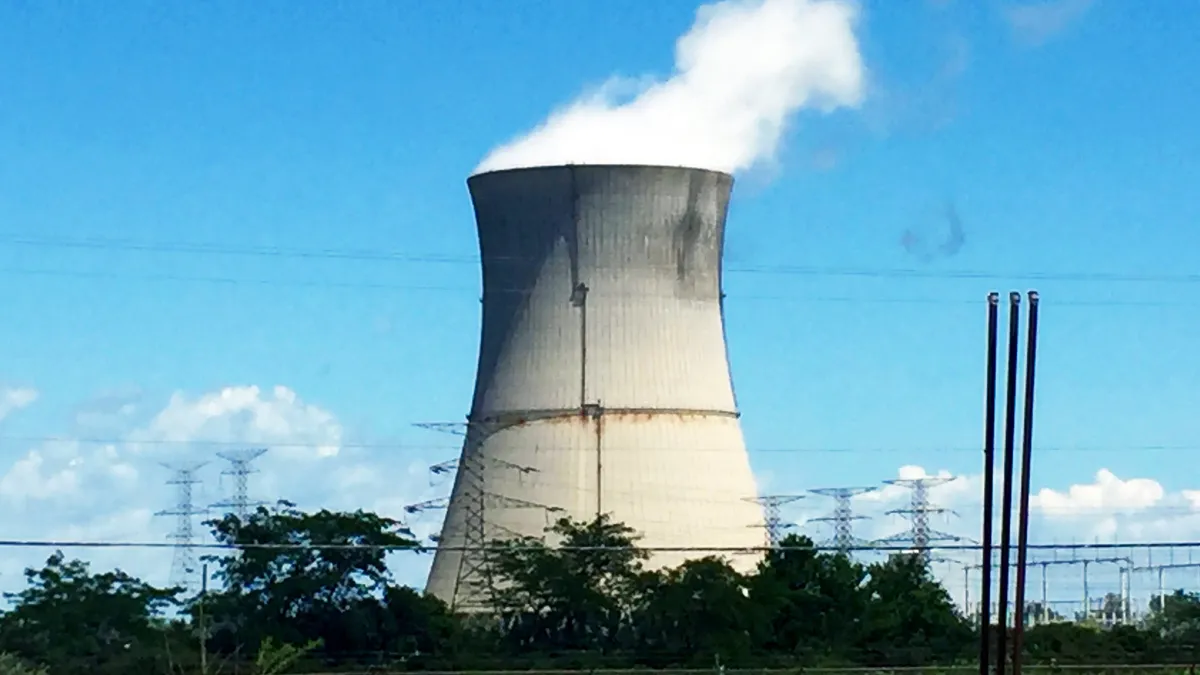The Southwest Power Pool asked the Federal Energy Regulatory Commission on Friday for permission to delay its 2024 interconnection queue cluster study process and stop accepting new interconnection requests until there is “greater certainty” surrounding pending interconnection study clusters.
Despite an interconnection reform package FERC approved for SPP in early 2022, the grid operator is receiving increasing interconnection requests and seeing a growing number of withdrawals from its interconnection queues, which trigger the need to restudy those clusters, SPP said in its waiver request.
Like other U.S. grid operators, SPP is seeing surging generator interconnection requests — almost entirely from solar, wind and battery storage, according to an SPP presentation. Grid operators study how new generating resources would affect the grid and how much network upgrades needed to safely handle the new generation will likely cost. After project developers know how much it will cost to build any upgrades, they can decide whether to move ahead or drop their project.
SPP studies its requests in annual clusters through a three-phase process. SPP’s 2023 cluster is the largest in its history, with 129 interconnection requests totaling 28,354 MW, according to the grid operator. The 2021 and 2022 clusters included 66 requests totaling 13,592 MW3 and 108 requests totaling 22,744 MW, respectively, SPP said.
Together, they represent the largest volume of interconnection requests SPP has ever studied at the same time, according to the grid operator. Meanwhile, SPP is restudying or expects it will need to restudy the 2018 to 2023 clusters to reflect projects exiting the interconnection process.
If SPP moves forward with the 2024 cluster, it will need to be restudied based on the final results of the earlier cluster studies, according to the grid operator.
“The number and magnitude of restudies have created significant uncertainty for the assumptions underlying new [phase one interconnection] studies, meaning that any phase one studies for customers entering the interconnection queue in 2024 and 2025 would be inherently unreliable and of little value to interconnection customers,” SPP said.
The waiver request meets FERC’s standards for issuing waivers, including not harming third parties, according to SPP.
“The waiver request will allow SPP to process the unprecedented volume of interconnection requests in the queue more efficiently and save customers the costs associated with studies that are unlikely to yield any meaningful results,” SPP said.
In its waiver request, SPP said it wants to:
- defer starting the “definitive interconnection system impact study,” or DISIS, 2024 cluster until it finishes the first planned Phase Two restudy of the 2023 cluster;
- delay closing the 2024 DISIS queue cluster window — set to close on Oct. 31 — until March 1; and
- defer opening the 2025 DISIS queue cluster window until April 1, 2026, or the completion of “decision point two” for the DISIS-2024 is completed, whichever happens first.
“Waiver of these three sets of provisions work in tandem to allow SPP to process pending interconnection requests to a point where the results of those studies are more reliable, allow more time for interconnection customers to enter the 2024 DISIS queue cluster window in light of the deferral of the 2025 DISIS queue cluster window opening, and to avoid piling up a large number of interconnection requests that would be subject to additional restudies because of the need to restudy earlier clusters, without likelihood of a final [generator interconnection agreement] sooner than currently anticipated,” SPP said.
SPP asked FERC to act on its waiver request by Oct. 31.
SPP filed a separate waiver request that would allow interconnection customers to request “interim service” if FERC approves closing the queue cluster window from March 1 until potentially April 1, 2026. Under SPP’s rules, after interconnection customers submit an interconnection request, they can request interim interconnection service allowing them to connect to the grid while waiting for the construction of needed network upgrades and other facilities that would allow them to connect at full capacity.
SPP operates the grid and runs wholesale power markets in parts of 14 states from Texas to Montana.












